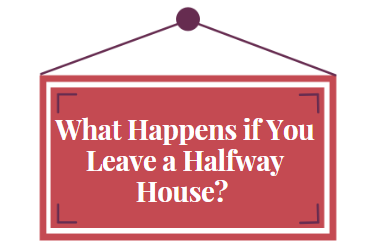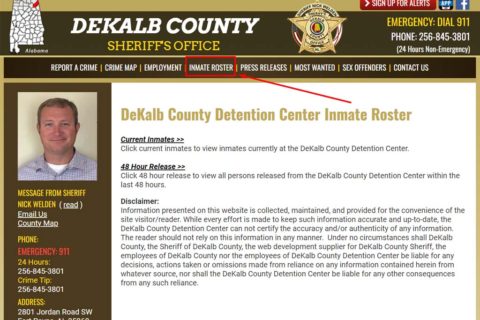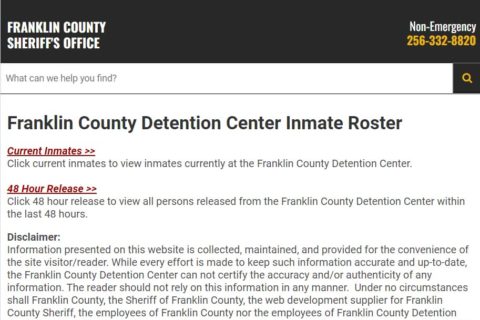Going to live in a halfway house means you must be ready to meet the strict rules that a halfway house determines. If you violate those rules, then be prepared to receive punishment which may be even heavier than the punishment you have received in prison.
It is known that the minimum time to spend living in a halfway house is around three months. Then, how do you leave a halfway house before the appointed time? If you are looking for the information about it, you’re at the right page, since we’ll show the real facts about it through our post below!

What Happens If You Leave a Halfway House?
Basically, halfway houses play a role as the correctional facilities. That means leaving a halfway house before appointed time leads you into significant consequences and severe punishment.
In the eyes of the criminal justice system, leaving a halfway house is charged as ‘escape’ and will be considered a felony. Well, the reason it is penalized so harshly, since mandated residency at a halfway house is considered part of a prisoner’s sentence.
According to federal statutes, an escape charge can range from 2-5 years in imprisonment. Of course, it’s pretty common for residents of a halfway house (especially female) to serve a longer prison sentence for leaving a halfway house than their initial criminal conviction.
It is known that the minimum time of living in a halfway house is three months and the maximum being 12 months. It is also known as a walkaway, meaning violating this arrangement is as serious as breaking out of prison or breaking parole.
For those who are placed at halfway houses after being released from prison, of course, halfway confinement has strict rules. People who commonly leave prison have a release date when they can leave the facility. If not, they may suffer legal consequences.
In fact, people go to a halfway house, since it is a mandatory condition of their release from prison. Of course, there are complete restrictions, surveillance and intense security in most of those houses.
Can You Leave a Halfway House?
Yes of course! You can actually leave the halfway house after time runs out. We all know that halfway houses can be mentioned as transitional facilities primarily for those who are coming out of prison and those who completed a drug and alcohol program while incarcerated.
The halfway houses are commonly state-funded and can sometimes have court-ordered residents once completing a drug and alcohol treatment program.
Thus, there are some legal ways to leave a halfway house early where people can shorten their stay by proving they are eligible for parole or home confinement. To legally leave a halfway house, you can prove that they have:
-
- A home to go to
- A job waiting for them
- Transportation to and from that job
- Money to pay the daily fee for placement in the halfway house, whether or not they stay there
Aside from that, lower-risk inmates who are not graduates of the substance abuse programs and have an approved home to go to after their release would be considered an early release.
What Are the Types of Facilities Under Halfway Houses?
A halfway house is basically an umbrella term which can refer to different types of facilities. Basically, halfway houses are frequently state-funded and provide a space for people who are coming out of prison and who underwent a drug treatment program during their incarceration.
Reportedly, state corrections departments, the United States Federal Bureau of Prisons (BOP), probation/ parole offices frequently contract with nonprofits and private companies to run those facilities.
Most of those homes will have a zero-tolerance approach to alcohol and drugs use. Aside from that, they commonly limit the amount of time that people can stay and the number of paroles living at the house at any given time.
Here are the types of facilities under halfway house:
-
- Sober living homes
Sober living homes are not meant to serve as a transitional space between incarceration and reentry to society, while they sometimes receive incarcerated people. Sober living homes actually accommodate anyone with a substance use disorder. They mainly play a role as transitional homes for patients leaving alcohol and drug rehab programs.
-
- Restitution centers
Instead of prison or jail, restitution centers are alternative to traditional incarceration. These are also often called residential correctional facilities where individuals can go here to serve their entire sentence.
Most people are actually expected to work and surrender all their paychecks to be used for restitution room, fees and board, other debts and most court-ordered fines. Commonly, you will need a work-release form approved by a judge, to leave this type of facility.
-
- Transitional housing
Transitional houses are homes for people who are leaving prison and voluntarily select to check into one of those homes. However, those are not funded or contracted by the government. Those are commonly non-profit or for-profit organizations which provide services helping people center society once serving prison or jail time.
Who Can Live at Halfway Houses?
It is known that most halfway houses do not have restrictions about who can live there. Most people who are living there are alumni from some treatment programs. Everyone who is living in the house should remain sober while living there. Of course, some need residents to pass a drug screening and breathalyzer test performed by the halfway house staff.
Just like rehab facilities, halfway houses also operate on strict rules and guides which help maintain the program’s effectiveness. If you violate the rules, it can lead to someone expelled from a halfway house.
Here are some rules that majority of those programs have:
-
- Individuals should stay sober.
- Residents have to contribute to the house by performing chores.
- There’s no violence or fighting tolerated in the house.
- No destroying or stealing another resident’s property.
- Residents have to adhere to the curfew.
- Residents have to attend either 12-step meetings or another recovery meeting.
- The individuals without a job should interview for jobs.
Okay, those are some rules that most halfway house programs have that should be met by residents.

A bookworm and researcher especially related to law and citizenship education. I spend time every day in front of the internet and the campus library.




